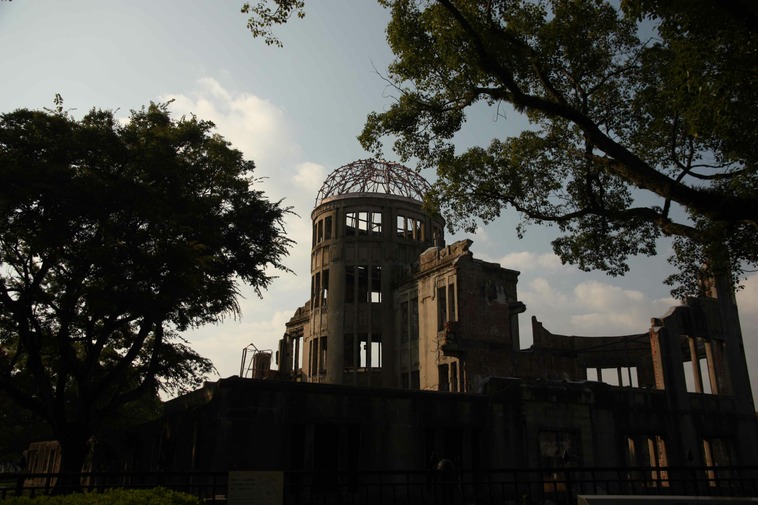Wednesday, 7 November 2012

Mention the the largest city in the Chūgoku region of western Honshu and capital of Hiroshima Prefecture and the first thing that will spring to mind is what happened at a quarter past eight on the morning of 6 August 1945.
And so it should, because when American B-29 bomber Enola Gay dropped the bomb they’d nicknamed Little Boy it didn’t just kill around eighty thousand people directly, a figure that rose to somewhere between ninety and one hundred and forty thousand as the effects of injury and radiation took their toll, it changed the world forever and made the world a very scary place indeed for the next quarter of a century or so.
We weren’t as concerned about these matters as the end of the twentieth century rolled around, with the Cold War a distant memory but for a small boy who went to bed each night as the Cuban Missile Crisis and surrounding events saw Soviet Russia and the United States engaged in nuclear brinkmanship the possibility of a global repetition of what happened that morning was terrifying.
It’s not as if I actually wanted to visit the city, it’s more a case of feeling that if the opportunity arose I had to. Here’s where it happened, here’s where things changed and we have to ensure that this never happens again. That’s my perspective, anyway, and I’m convinced that the spectre of Hiroshima and Nagasaki was a major factor in the mindset that shaped the culture of the fifties and early sixties.
But let’s leave that for a moment. Hiroshima has a long pre-atom bomb history and presents a remarkable story of recovery and hope for the future.
Provided, of course, we don’t allow it to happen again.